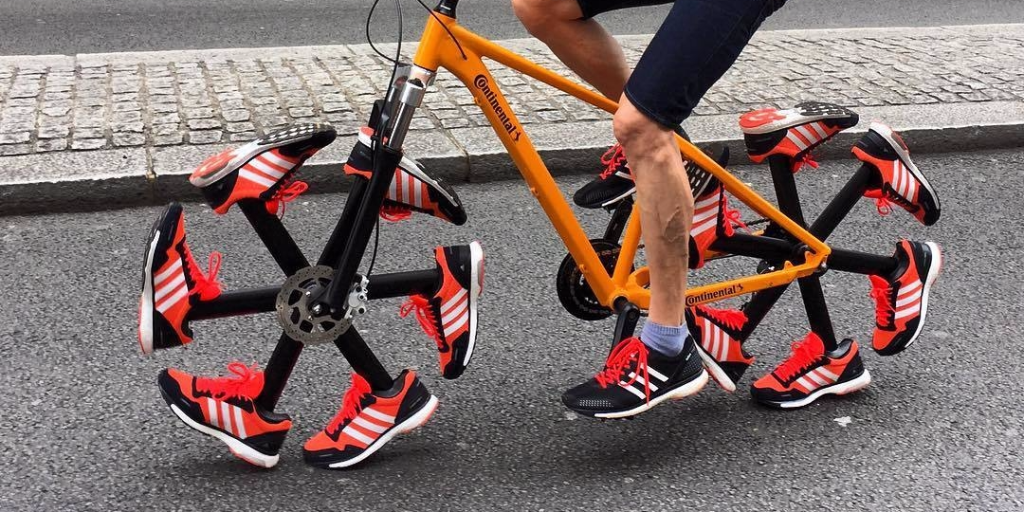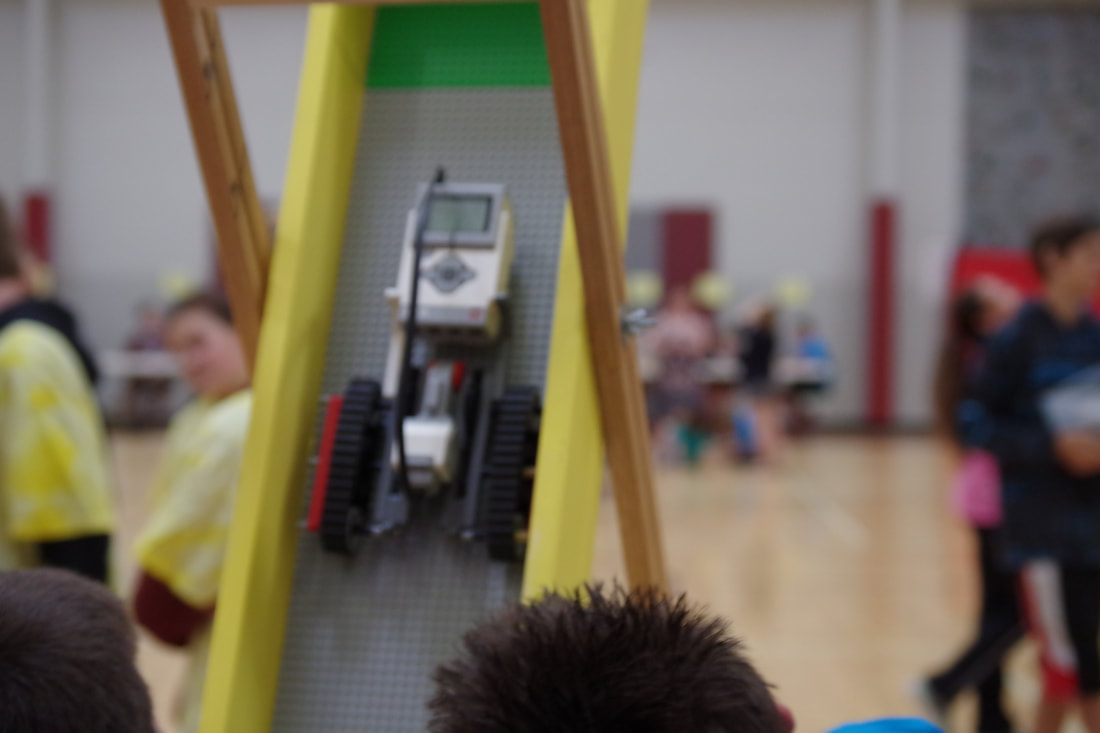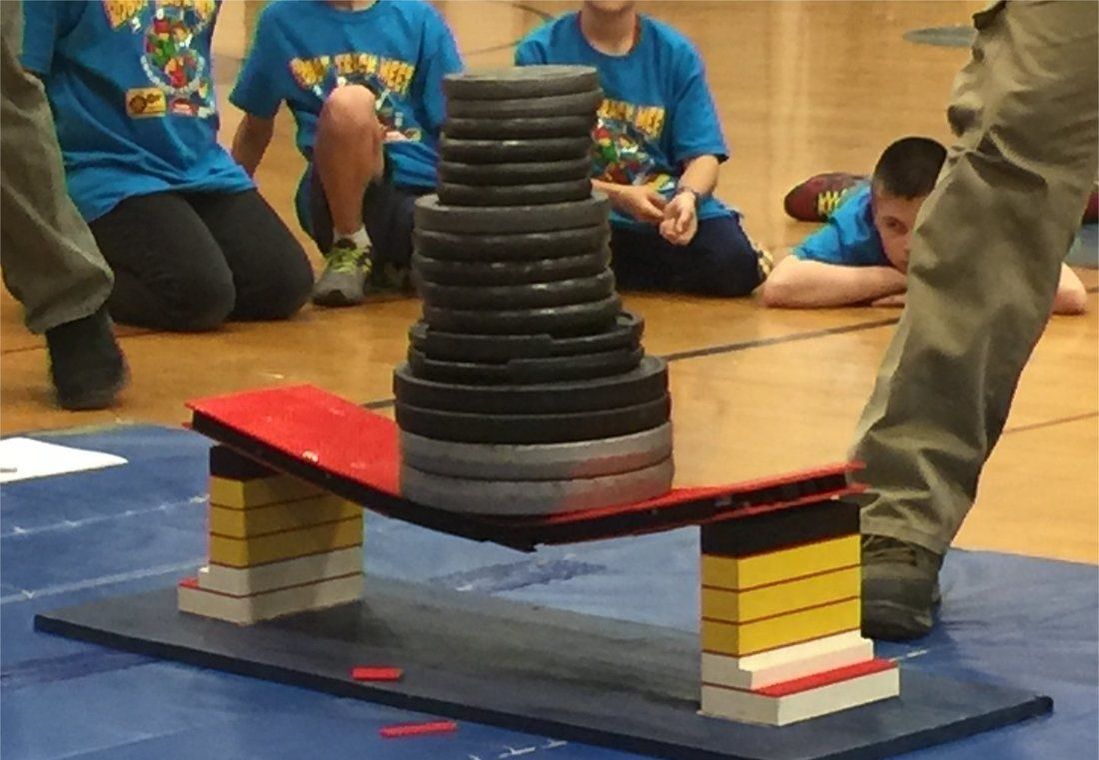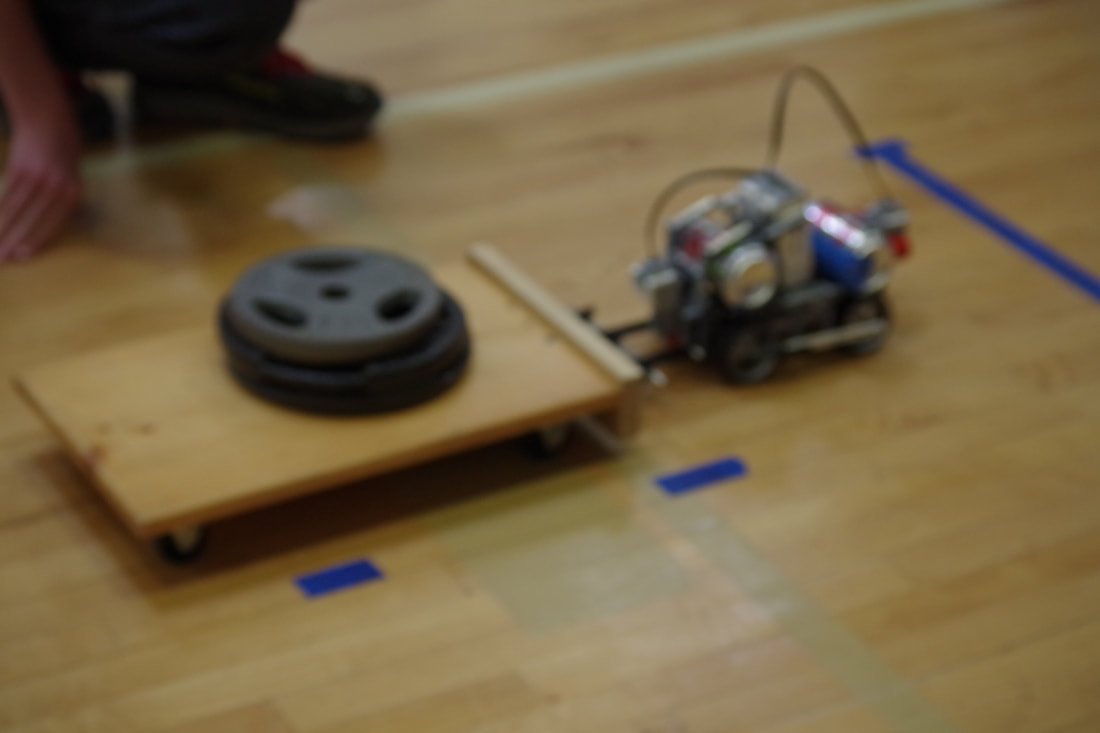2024 was our 20th season! And we had a great time! Can't wait to see you next year!
Update 05/30/2024
Update 1/26/2024
- Events held in Brewer, Oakland, and Gorham
- 30 teams participated from all over the state
- 228 student competitors participated!
- 1 new world record set: Owen from the Ellsworth Digital Claw 1 team was able to win the Speed Build competition in just 1 minute and 34 seconds! A full 20 seconds off the previous world record set in 2017.
- The Oakland Track Meet is on Saturday, May 11th!
- Location: Messalonskee Middle School - 33 School Bus Dr, Oakland, ME 04963
- Time: Doors open at 8:30am to teams and the public
- Schedule: Competition kicks off at 10:00am, lunch is approximately at 11:30am-12:00pm, and competition should end by 2:00pm-3:00pm
- Food: Our host, robotics team Infinite Loop will be providing concessions for purchase that supports their team!
- Public: Public attendance is welcome and encouraged!
Update 1/26/2024
- This year's schedule is now complete. Find below the locations and dates of this year's Robot Track Meets.
- April 27th, 2024 - Brewer, Brewer High School
- May 11th, 2024 - Oakland, Messalonskee Middle School
- May 18th, 2024 - Gorham, University of Southern Maine - Gorham Campus
- We just added a "Team Member Guidebook" in the download section. This is a perfect handout to use with your team members. It is much shorter, fewer pages, and each event is only two 1/2 pages long. NOTE: it's designed to be printed as a booklet, so you need to print double sided, flipped on the short side. If you need one or two copies for a registered team, we can send you those.
- Our 2024 Season (and 20th Anniversary) has been announced. Keep your eye on this site, and our socials, for dates, locations, related events and materials.
- Online registration is now open
- Mail in forms are now available
- Rule book is now available on the Downloads page
|
Update 4/5/2022: We often get asked "is this a leg or a wheel" for our walker robots. Here is my best answer (took many years, but finally came out in a way that we think is clear).
Imagine a "round" wheel as being an axle around which a hub rotates and has an infinite number of spokes attached. These spokes in essence create a wheel, even without a rim. Those spokes provide a smooth ride because the infinite spokes in affect create the rim. Now cut the number of spokes down to 1000 and you still have a "reasonably smooth" wheel because each degree of angle around the hub still has around 3 spokes. Now keep taking away the spokes until you only have 360, or 100, or 36. You haven't changed the principle, you've only changed the number of contact points with the ground as the hub rotates around the axle, with the spokes set so many degrees apart. And of course the ride gets bumpier. Now take it all the way down to just four or two spokes and you get a clomper or flopper. It is still getting all of its motion and power through a basic axle/hub/spokes setup. You can even take it down to a single spoke and the issue is the same. They are all still wheels, at least as far as the rules for the Robot Track Meet are concerned. Hope this helps. To be a leg, it needs to get it's power and motion in any OTHER way. Reciprocal motion is one of the most common. The power still comes from a motor, with an axle, but the power is TRANSFORMED. Usually into a linear or reciprocal motion that moves the robot. See Reciprocal motion |
Update 2/8/2022: FYI, the foam padding that we use in the Steeplechase event is Duck brand EasyLiner Select Grip White. Which can be found online or at local stores for about $10 for a 12" x 20' roll. It is non-adhesive and we use spray adhesive to put it onto the wood surface. Hope that helps.
The Robot Track Meets:
Learning into the future!
|
Overcome Engineering Challenges
Events such as the Slope Climber have students building robots that can navigate up steep slopes! Would you believe the world record is 82.5 degrees!
TEAM REGISTRATION Now Available. For 2024 we will be taking online and PO payments and will hold all Invoicing until the fifth of April, in case anything COVID throws another wrench in the works for this year's events. |
Not everything is robotics
Some challenges are done without robots, including the Bridge competition. This bridge is holding 200 pounds of weight and it still didn't collapse!
For 2024 we will be holding in person events. If events are cancelled due to the COVID pandemic or other unforeseeable circumstances, we will turn to online events or smaller local events if that is allowed. If no options remain, we will refund registrations in full. |
Download this years Rule Book
Download the 2024 Robot Track Meet Associations' Official Description and Rule Book now and get your team started!
You can also get it off the "Downloads" page. |
Maine Robotics is done in collaboration with the University of Southern Maine



